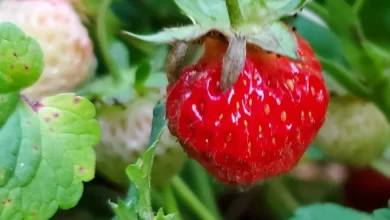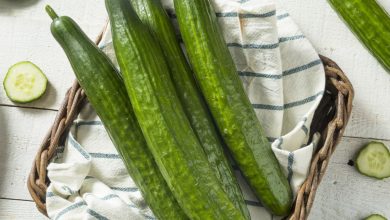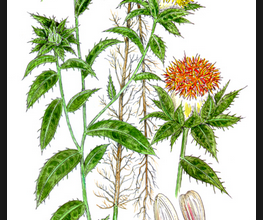How to take care of the Narcissus and its flower?
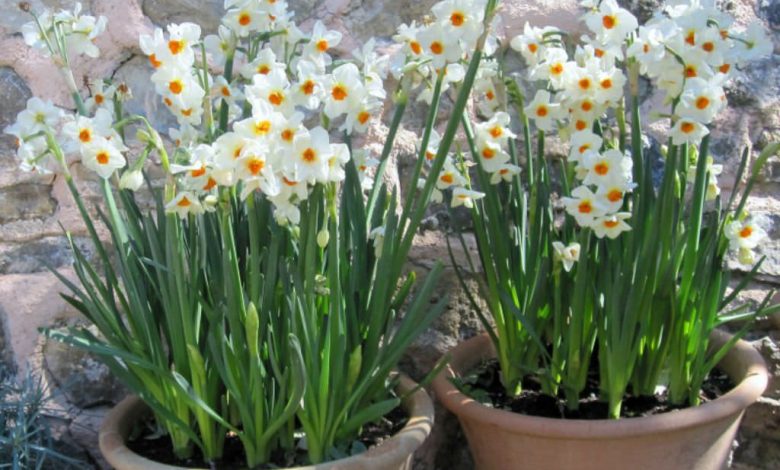
Among all the flowers, the so-called daffodil is one of the most interesting plants, not only because of the natural beauty of its flowers, but also because of the symbolism with which it is associated. However, its cultivation requires certain care to allow proper development, as well as to avoid diseases caused by pests and parasites.
If we were to make a list of bulb plants and their names, it is very likely that the daffodil would be one of the best known to all of us, this is due to the popularity of its flower, which has been present in Western culture since Ancient Greece. For this reason, it’s worth reviewing what you need to flourish properly.
daffodil description
Its scientific name is Narcissus, which comes from the Greek word narké, which means intoxicating. It is believed that this name refers to the aromatic capacity that some species of daffodils have. This plant is native mainly to Europe, specifically the Mediterranean, but it also exists in some temperate regions of Africa and Asia. Today, a daffodil garden can be found virtually anywhere in the world.
Belonging to the Amaryllidaceae family, the daffodil is a perennial and very resistant plant. This bulbous plant has green scapes and basal leaves. For their part, the flowers can be solitary or in an umbel, that is, in clusters that depend on a single main axis.
The daffodil flower heralds the arrival of spring. In the northern hemisphere, flowering usually occurs from February to May. It can range from gold to pure white and there are also some salmon-colored specimens, but we can say that the yellow daffodil is the most common. Regarding its structure, it has 6 tepals and 6 stamens that form a perigonium, because in the flower of this family it is difficult to know which is the calyx (sepals) and which is the corolla (petals), since both parts are same.
Wild daffodils typically have trumpet- or cup-shaped flowers, depending on the variety. However, it is important to mention that the flowers of this plant last only 15 days, therefore, it is preferable to give daffodils in small decorative pots , since this way they are more durable compared to a bunch of cut flowers.
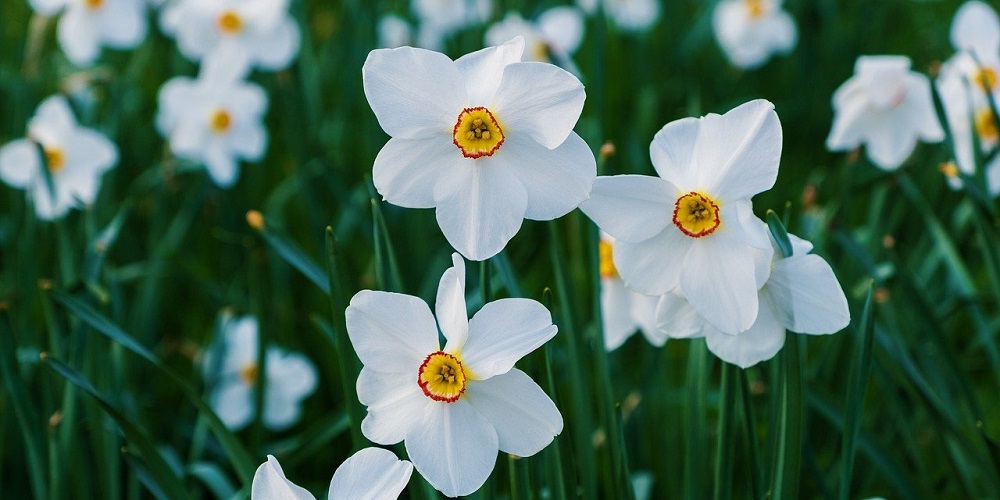
How to grow the daffodil?
Growing daffodils is as easy as planting hyacinths. Just place the bulbs in the ground, preferably during the fall. These usually take root quickly, so new leaves begin to sprout, being one of the bulbous plants that best naturalizes. However, when planting daffodils, you have to know that we must wait until the end of winter to see the first flowers.
As for the amount of light, it is not necessary to give the daffodil special care, since it develops well in places of sun and shade, however, it prefers clayey and cool soils, therefore, it must be watered frequently , but avoiding excesses, as this could cause the bulbs to decompose. Also, experts recommend not applying water spray to leaves and flowers.
If you are wondering how to plant daffodils, we must mention that it is advisable to place them in a group, in this way, when spring arrives they can stand out among the other types of flowers. In this sense, it is enough to choose a well-drained soil and make a hole with a depth of approximately 3 times the height of the bulb. If it is a pot, remember to place a tray underneath to serve as a water reservoir , as we do when planting potted hyacinths (check out some options to buy at this link).
Tricks for growing daffodils
If you want to see the daffodils in bloom a few weeks earlier, you should do a force crop. In this sense, you can plant the bulbs in cold and dark conditions, at least until the first shoots appear, which can take several weeks. Afterwards, it is possible to place them inside the house with indirect sunlight. It is worth mentioning that forced bulbs are sold in garden stores for convenience.
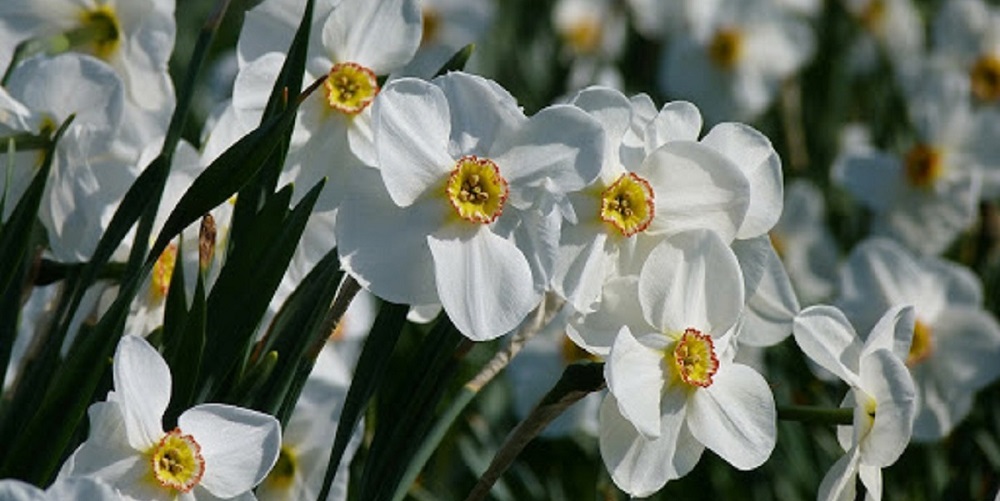
Main diseases, pests and parasites that affect the daffodil
The first thing to mention is that this is a plant that is generally in good health. However, it is necessary to take into account some pests and diseases that could appear.
Ditylenchus dipsaci
It is a tiny worm that affects the bulbs and inner shoots of onions, garlic, wild daffodils, among other plants. It lives mainly as an endoparasite and begins to infect the plant from the base of the bulb, although it can spread to the aerial zone of the plant. When the daffodil is infested, bulges often appear due to stem cell death and growth stops. The best treatment for this parasite is steam pasteurization.
Merodon equestris
Also called daffodil fly, this is a pest that can appear in summer. They are larvae that enter the bulb and feed on it, generating deformed shoots and yellow leaves. Under these circumstances, the daffodil weakens and eventually dies. To eliminate this pest, water at temperatures of 40 to 50 °C must be used.
aphid
The aphid can affect bulbs in a state of conservation and also plants during development. Aphids feed on tender shoots, deforming them. However, these insects can transmit viruses, so it is important to prevent their spread, both with anti-aphid nets and with the elimination of weeds that serve as a reservoir.
To conclude, we can say that it is possible to keep daffodils cared for with very little effort, but as with any plant it is important to follow some minimum recommendations to avoid necrosis and other inconveniences.

